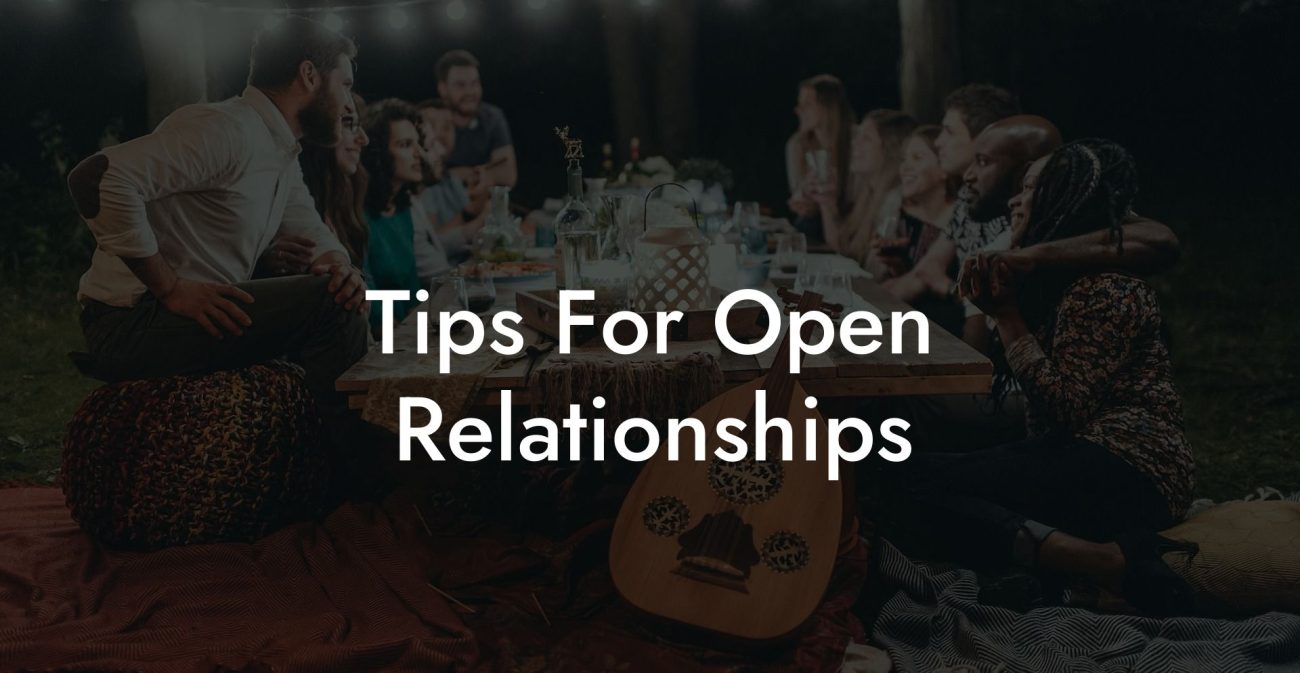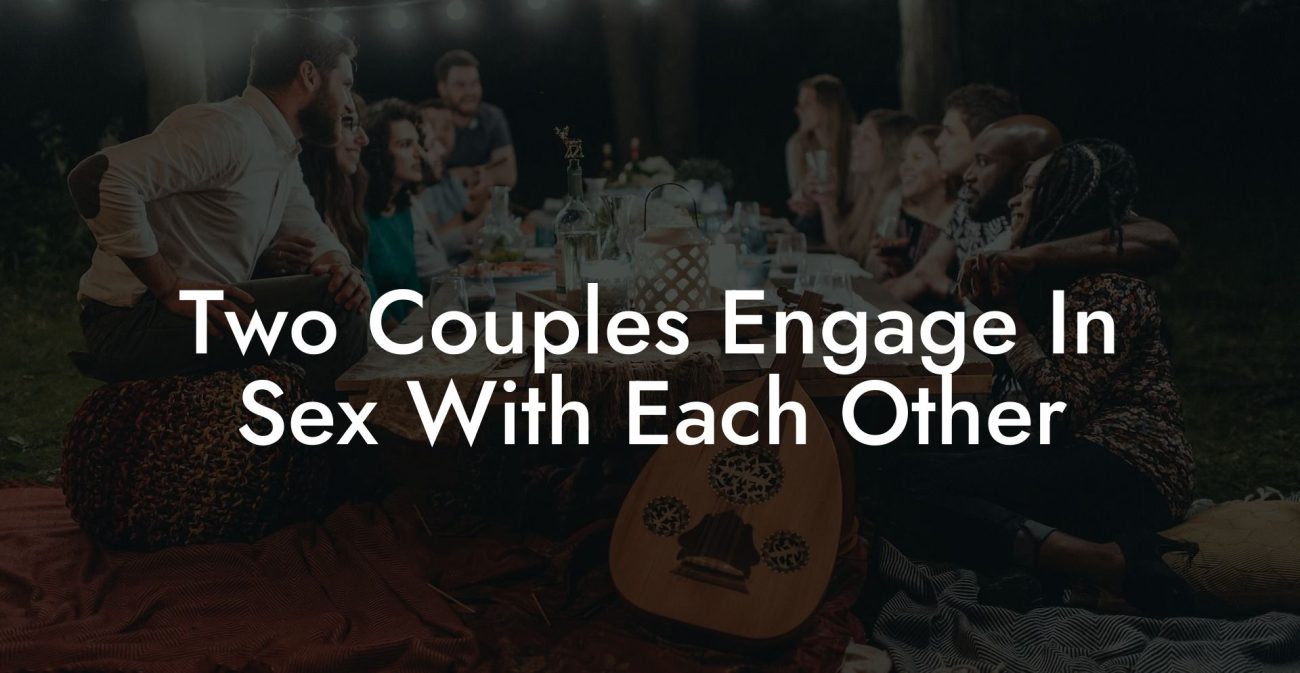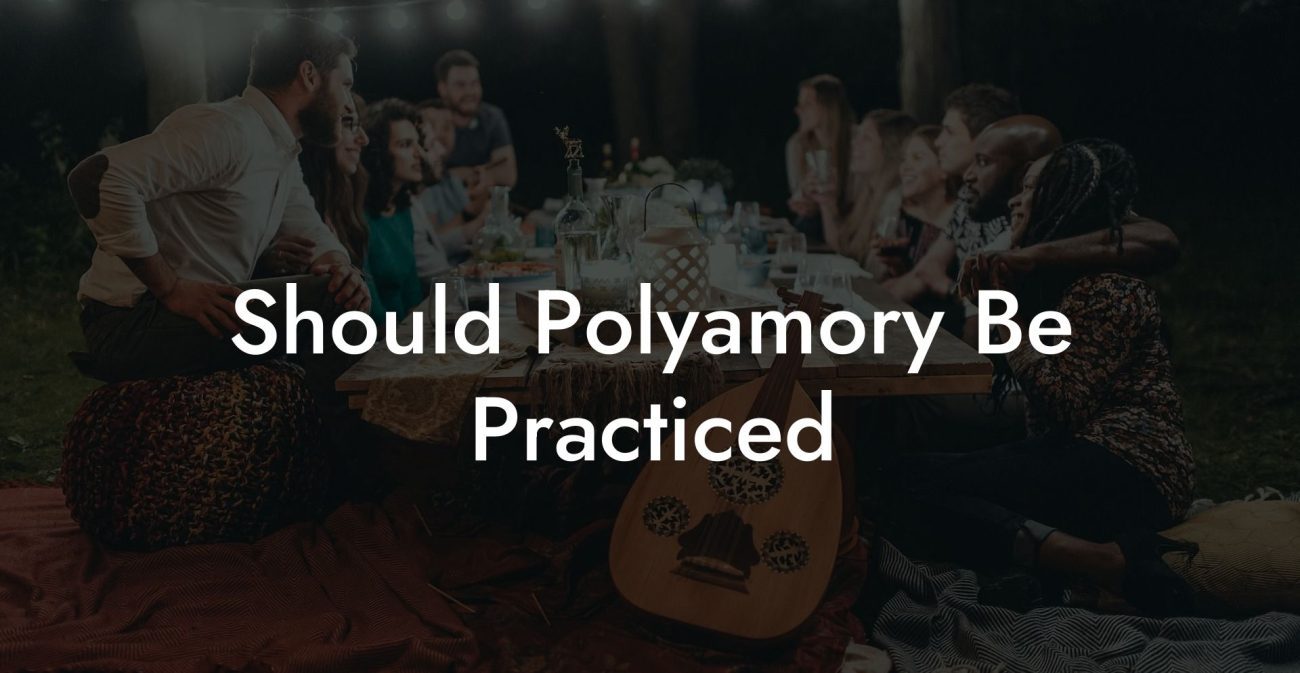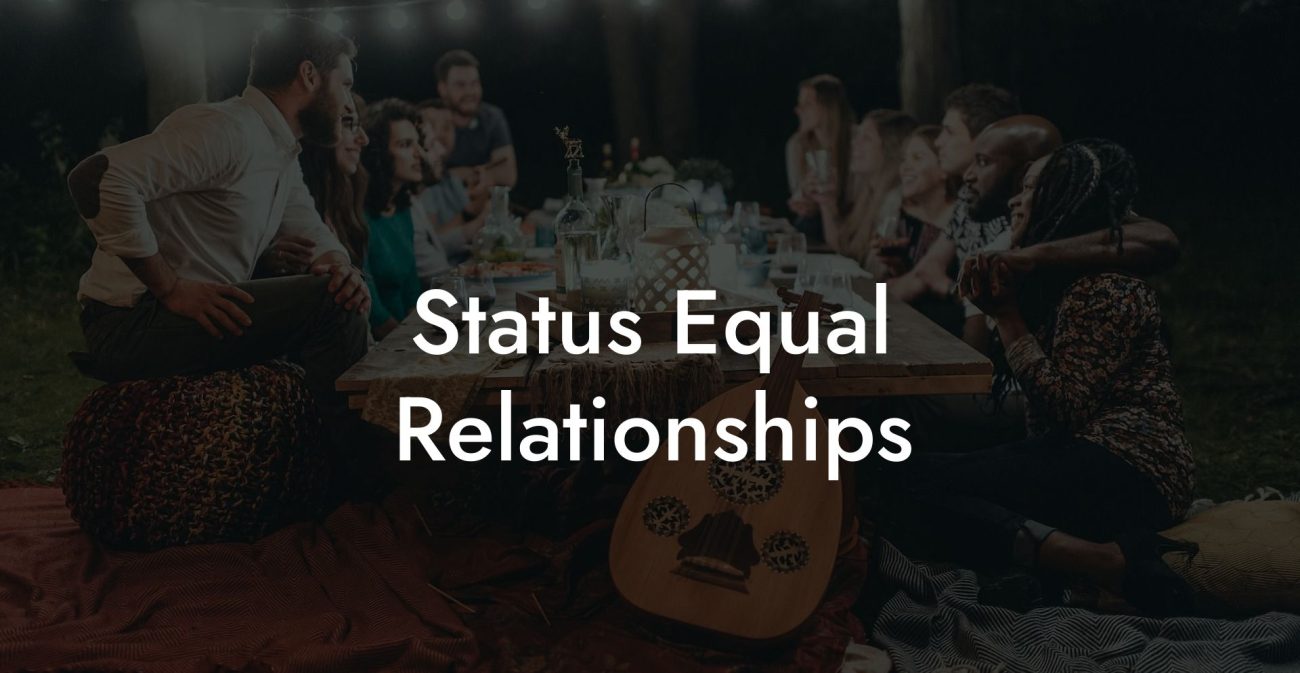Guide to What Do You Mean By Polygamous?

In this guide, we break down what it means to be polygamous, differentiate between related terms such as polyamory and polygamy, and examine both the ethical and legal dimensions associated with these relationships. Our aim is to provide clear, well-organized information to help you understand and engage in informed discussions about alternative relationship structures.
Quick Links to Useful Sections
- Defining Polygamous
- What Does "Polygamous" Mean?
- Polygamy vs. Polyamory
- Historical and Cultural Perspectives
- Historical Roots of Polygamy
- Cultural Interpretations and Shifting Norms
- Ethical and Legal Considerations
- Ethical Implications of Being Polygamous
- Legal Status and Challenges
- Psychological and Social Dimensions
- Emotional Intelligence and Relationship Dynamics
- Building a Supportive Community
- FAQ: Your Questions on What Do You Mean By Polygamous Answered
Defining Polygamous
What Does "Polygamous" Mean?
The term “polygamous” refers to the practice of having more than one spouse simultaneously. It is most commonly used to describe marital arrangements where an individual is involved in multiple committed unions at the same time. Polygamy, as a broader concept, encompasses various forms of plural relationships, including polygyny (one man with multiple wives) and polyandry (one woman with multiple husbands).
In everyday conversation, when someone asks, "What do you mean by polygamous?" they are often inquiring about the specific nature of these multiple relationships and how they differ from other forms of consensual non-monogamy, such as polyamory.
Polygamy vs. Polyamory
It’s important to distinguish between polygamy and polyamory, as the terms are sometimes used interchangeably but refer to different relationship structures:
- Polygamy: Involves multiple legal or traditional marriages, typically with a structured hierarchy (e.g., one primary marriage with additional spouses). It is often rooted in cultural or religious practices.
- Polyamory: Focuses on maintaining multiple consensual romantic or sexual relationships without necessarily involving formal marriage or legal commitments. Polyamory tends to emphasize emotional connections and flexibility.
Understanding these distinctions is crucial for grasping the nuances of what being polygamous means in various contexts.
Historical and Cultural Perspectives
Historical Roots of Polygamy
Polygamous practices have been part of human societies for millennia. In many ancient cultures, plural marriages were seen as a way to strengthen family bonds, increase social status, and manage economic resources. Historical records from regions in Africa, the Middle East, and Asia illustrate how polygamy was once an accepted, even celebrated, institution.
Religious texts and cultural traditions often provide a foundation for polygamous practices. For example, certain interpretations of early Judaic and Islamic texts discuss plural marriage as a norm under specific circumstances. These historical practices have left a lasting legacy that continues to influence contemporary discussions about polygamy.
Cultural Interpretations and Shifting Norms
In modern society, the concept of being polygamous has evolved. While traditional polygamy is largely confined to specific cultural and religious contexts, the broader idea of forming multiple committed relationships has gained attention through the rise of polyamory and other forms of consensual non-monogamy.
Cultural attitudes are shifting as more individuals challenge the conventional norms of monogamy. Whether through legal reforms, academic Data & Research, or media representation, the conversation around polygamy is becoming more nuanced, reflecting both the benefits and the challenges of these relationship models.
Ethical and Legal Considerations
Ethical Implications of Being Polygamous
Ethical polygamy emphasizes the importance of informed consent, open communication, and mutual respect among all parties involved. When practiced ethically, polygamous relationships are built on transparency and a shared commitment to each partner’s well-being.
This ethical approach challenges the negative stereotypes often associated with polygamy by promoting equality and personal autonomy, ensuring that no individual is coerced or marginalized.
Legal Status and Challenges
In many countries, polygamous marriages are not legally recognized, and the legal framework typically supports monogamous unions. This can create challenges related to inheritance, custody, and spousal rights for individuals in polygamous relationships.
Understanding the legal implications is crucial for those considering or practicing polygamy, and it highlights the ongoing debate between traditional practices and modern legal standards.
Psychological and Social Dimensions
Emotional Intelligence and Relationship Dynamics
Successful management of multiple relationships requires high levels of emotional intelligence. Being aware of your own feelings, understanding the emotions of your partners, and communicating effectively are essential skills that help mitigate challenges such as jealousy and insecurity.
Building a Supportive Community
Engaging with a supportive community can provide validation and practical advice for navigating the complexities of polygamous relationships. Online forums, support groups, and social media communities offer spaces where individuals can share their experiences and learn from others.
FAQ: Your Questions on What Do You Mean By Polygamous Answered
1. What does the term "polygamous" mean?
The term "polygamous" refers to the practice of having more than one spouse at the same time. It typically describes marital arrangements such as polygyny (one man with multiple wives) and polyandry (one woman with multiple husbands).
2. How does polygamy differ from polyamory?
Polygamy usually involves multiple legal or culturally recognized marriages with a structured hierarchy, whereas polyamory focuses on multiple consensual romantic or sexual relationships without formal marriage.
3. What are the historical roots of polygamy?
Polygamy has been practiced in various cultures throughout history, often as a means of strengthening family bonds, increasing social status, and managing economic resources. Religious and cultural traditions in regions like Africa, the Middle East, and Asia have historically supported plural marriage.
4. What ethical considerations are involved in polygamy?
Ethical polygamy is built on informed consent, transparency, and mutual respect. It emphasizes that all parties should voluntarily agree to the arrangement and that each individual’s needs and boundaries must be respected.
5. Is polygamy legally recognized?
In many parts of the world, polygamous marriages are not legally recognized, with most legal systems favoring monogamous unions. This can lead to challenges related to inheritance, custody, and spousal rights.
6. How do cultural attitudes toward polygamy vary?
Cultural attitudes toward polygamy vary widely. Some societies view it as a traditional and functional practice, while others criticize it for reinforcing gender inequalities and outdated social norms.
7. Where can I find more resources on polygamy?
Additional resources include academic journals, books such as "The Ethical Slut" and "More Than Two," podcasts like "Multiamory" and "Polyamory Weekly," and online communities such as r/polyamory.
Resources and Community Support: Your Next Steps
- "The Ethical Slut" by Dossie Easton & Janet Hardy – An influential book that explores ethical non-monogamy and provides insights into alternative relationship models.
- "More Than Two" by Franklin Veaux & Eve Rickert – A comprehensive guide offering practical advice for managing complex relationship dynamics.
- Podcasts: Listen to "Multiamory" and "Polyamory Weekly" for engaging discussions and personal stories about polyamory and alternative relationship structures.
- Online Communities: Join forums such as r/polyamory to exchange ideas and gain support.
- Workshops and Webinars: Attend events focused on ethical non-monogamy and relationship psychology to expand your knowledge and network.
By exploring these resources and applying the strategies outlined in this guide, you can develop a clear and informed understanding of what it means to be polygamous. Embrace continuous learning, open dialogue, and self-reflection as you navigate the diverse landscape of relationship models, and discover how ethical practices can shape a fulfilling, inclusive approach to love.
Lost & confused by all of the terms, types and seemingly made up 3 letter acronyms?? We've got you. Check out our Ethnical Non-Monogamy Dictionary >>
Useful Interruption: Not sure which relationship vibe fits you best? Take our Relationship Test, it’ll give you the real insight into your natural relationship style. Then, dive into our binge-worthy guides (from the tried-and-true to the “wait, that’s a thing?”) and find the perfect relationship type for your life:
- Monogamy
- Open Relationships
- Ethical Non-Monogamy
- Solo Polyamory
- Non-Hierarchical Polyamory
- Hierarchical Polyamory
- Relationship Anarchy
- Swinging
Now back to the main article but yeah take the test...












